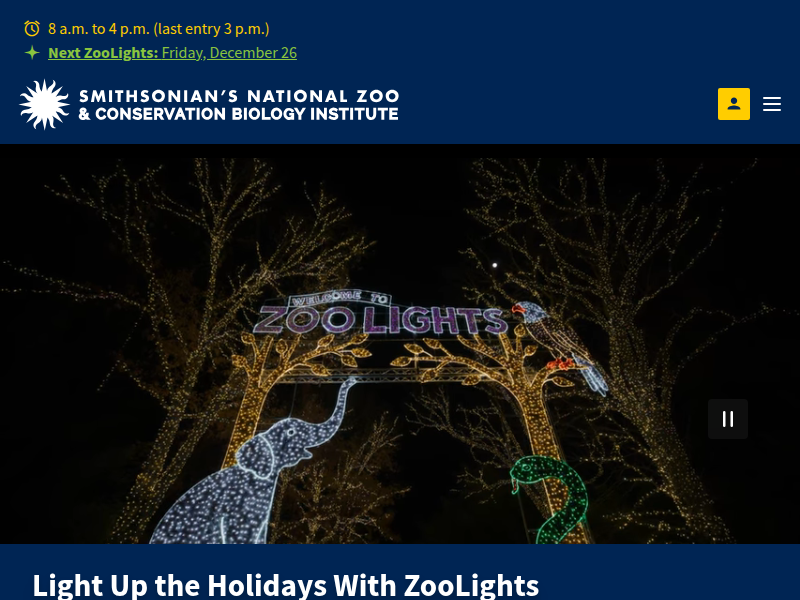Bobcat | Smithsonian’s National Zoo and Conservation Biology Institute https://nationalzoo.si.edu/animals/bobcat
Bobcats are often confused with the other three „lynx“ species, the Canadian lynx, Iberian lynx and Eurasian lynx. Bobcats are slightly smaller and live in warmer, temperate habitats. They are excellent climbers and fast sprinters.
Bobcats have facial ruffs, ear tufts, white spots near the tips of their ears and

